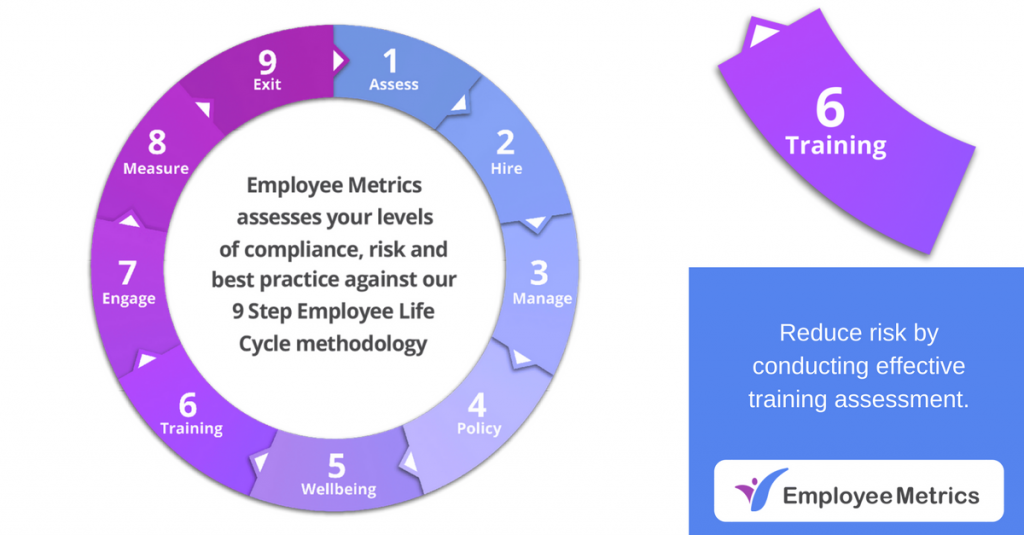
Training: Step 6 of the Employee Life Cycle
If you are new to our Employee Life Cycle series, click here to go back and begin at Step 5 Wellbeing, or read on for Step 6 Training.
Training for the future
Five years from now, over one-third of skills (35%) that are considered important in today’s workforce will have changed. By 2020, the Fourth Industrial Revolution will have brought us advanced robotics and autonomous transport, advanced materials, biotechnology and genomics. These developments will transform business and the skills needed to grow and compete today and into the future.
Training is good for business
Top performing companies recognise the importance of their people but also the need to provide the right skills to enable their people. The IBM Smarter Workforce (Kenexa) 2013 Survey states: 71% of CEOs cited human capital, ahead of products, customer relationships and brands as the leading source of sustained economic value.
Lack of training, not so good for business
When an organisation fails to effectively train their workforce they expose themselves to significant liability. When an employee fails to act in accordance with the policies or requirements, they might claim that they were never provided with proper training. This potentially shifts the whole blame on to the organisation and the financial cost of such a decision is not good for business.
Make training work for business
There’s little doubt that evaluating and measuring the effectiveness of workforce training consumes valuable time and resources. To get the best return, workplace training must be regularly monitored and assessed to ensure training practices and initiatives are meeting the needs and objectives of the workforce and delivering the expected benefits to the organisation.
What gets assessed, gets managed
Employee Metrics can assess and evaluate the key dimensions of the workplace training environment to lift accountability, performance levels and operational efficiencies.
Step 6 Training: Reduce risk by conducting effective training assessment
Employee Metrics diagnostic platform walks you through a detailed assessment, supported by an experienced HR Consultant. It generates a detailed report of your position across the 9 steps of the Employee Life Cycle.
Watch out for next week’s Employee Metrics article;
Step 7 Engage: Foster a highly motivated and productive workforce.
Stay informed with the latest insights on optimising your HR function;
Follow us: